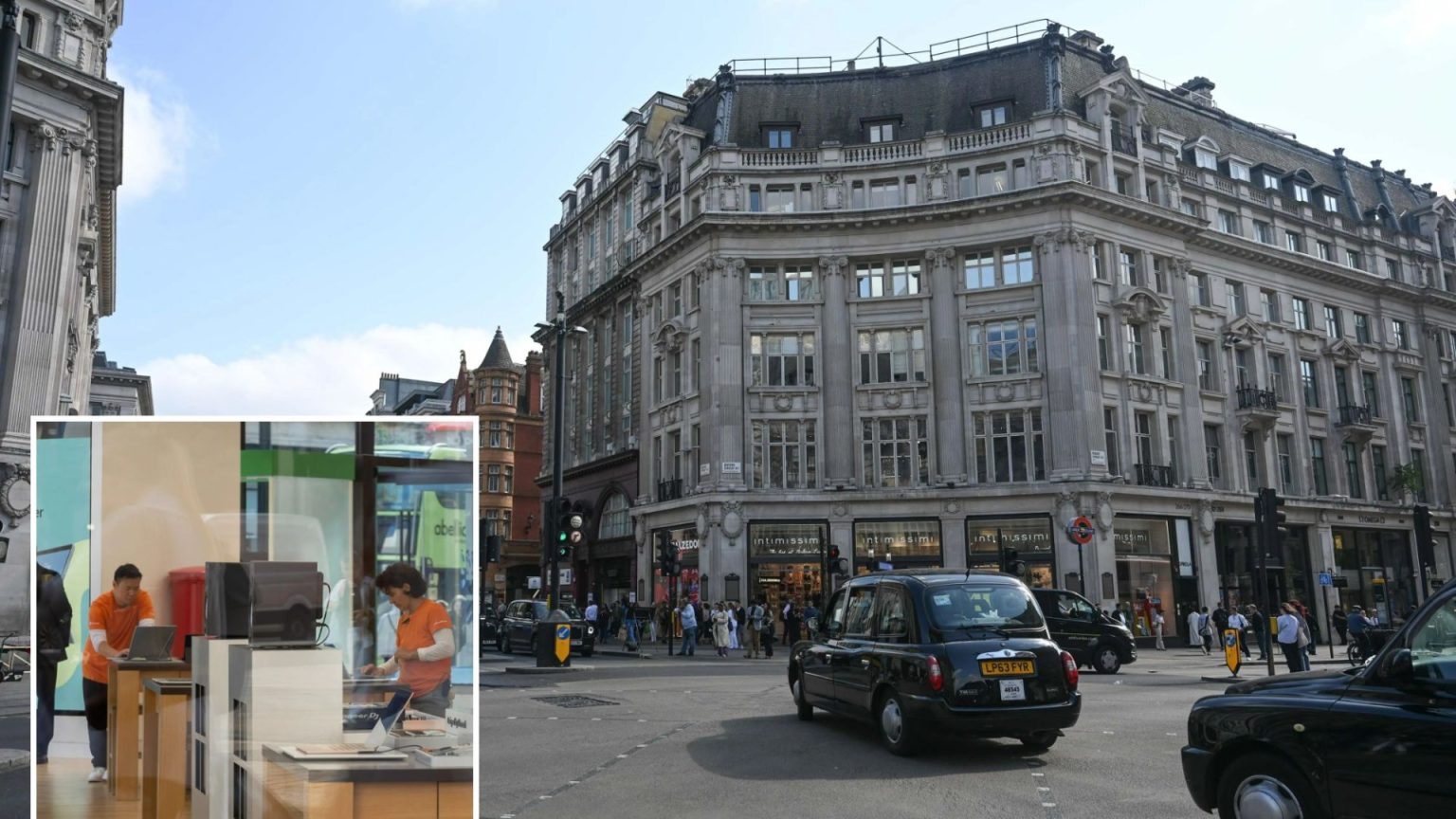The retail sector is bracing for a tumultuous 2025, grappling with a confluence of challenges that threaten its stability and workforce. The lingering effects of the pandemic, coupled with a cost-of-living crisis, have significantly impacted consumer spending, forcing shoppers to curtail their purchases. This reduced demand has placed immense pressure on retailers, particularly those operating physical stores, as foot traffic dwindles and online competition intensifies. The shift towards online shopping, accelerated by pandemic-era restrictions, has further exacerbated the challenges faced by brick-and-mortar establishments, necessitating costly adaptations to remain competitive in a changing landscape. The cumulative effect of these factors has created a precarious environment for retailers, with many struggling to maintain profitability and sustain operations.
The escalating costs of doing business have added further strain to an already beleaguered sector. Soaring energy prices, driven by global market fluctuations and geopolitical instability, have significantly increased operating expenses for retailers, impacting their bottom line and limiting their ability to invest in growth and innovation. Moreover, government policies, such as the increase in employer National Insurance Contributions (NICs), have added to the financial burden faced by retailers. The British Retail Consortium estimates that this hike will cost the sector a staggering £2.3 billion, further squeezing profit margins and hindering investment. Simultaneously, increases in the minimum wage, while beneficial for workers, add to labor costs for businesses, particularly those in the labor-intensive retail sector. This combination of rising costs and reduced consumer spending has created a perfect storm for retailers, pushing many to the brink of closure.
The Centre for Retail Research (CRR) paints a bleak picture of the sector’s future, forecasting the closure of approximately 17,350 retail sites in 2025. This follows a difficult 2024, which witnessed the closure of 13,000 shops, a significant increase compared to the previous year. This trend highlights the ongoing challenges faced by retailers in adapting to changing market dynamics and consumer behavior. The CRR attributes the anticipated closures to a combination of factors, including reduced consumer spending, rising operating costs, and the ongoing shift towards online shopping. These closures represent not only a loss of businesses but also a significant impact on employment within the retail sector.
The human cost of the retail sector’s struggles is particularly concerning. The CRR estimates that nearly 170,000 retail workers lost their jobs in 2024, a stark reminder of the sector’s vulnerability. This figure represents a significant increase compared to previous years and underscores the profound impact of the ongoing economic challenges. The collapse of major retail chains, such as Homebase and Ted Baker, contributed significantly to these job losses, highlighting the precarious nature of employment within the sector. The CRR’s analysis indicates that a substantial portion of these job losses resulted from administrations, underscoring the severity of the financial difficulties faced by many retailers.
Experts predict a particularly challenging 2025 for small high street shops, which are particularly vulnerable to the combined pressures of rising costs and reduced consumer spending. These businesses often operate on thin margins and lack the resources to absorb significant increases in operating expenses or adapt to rapid changes in the market. The predicted tax and wage changes are expected to further exacerbate these challenges, potentially leading to widespread closures and job losses within the small business community. The cumulative impact of these factors threatens the vibrancy and diversity of high streets across the country.
Professor Joshua Bamfield, director of the CRR, offers a grim outlook for the sector, predicting that as many as 202,000 jobs could be lost in 2025. He warns that the combination of rising operating costs and reduced consumer spending will likely lead to job losses exceeding those experienced during the height of the pandemic in 2020. This dire prediction highlights the urgency of addressing the challenges facing the retail sector and implementing measures to support businesses and protect jobs. The future of the retail landscape remains uncertain, with significant challenges looming on the horizon. The ability of retailers to adapt to changing consumer behavior, manage rising costs, and navigate the evolving economic landscape will be crucial for their survival in the years to come.











